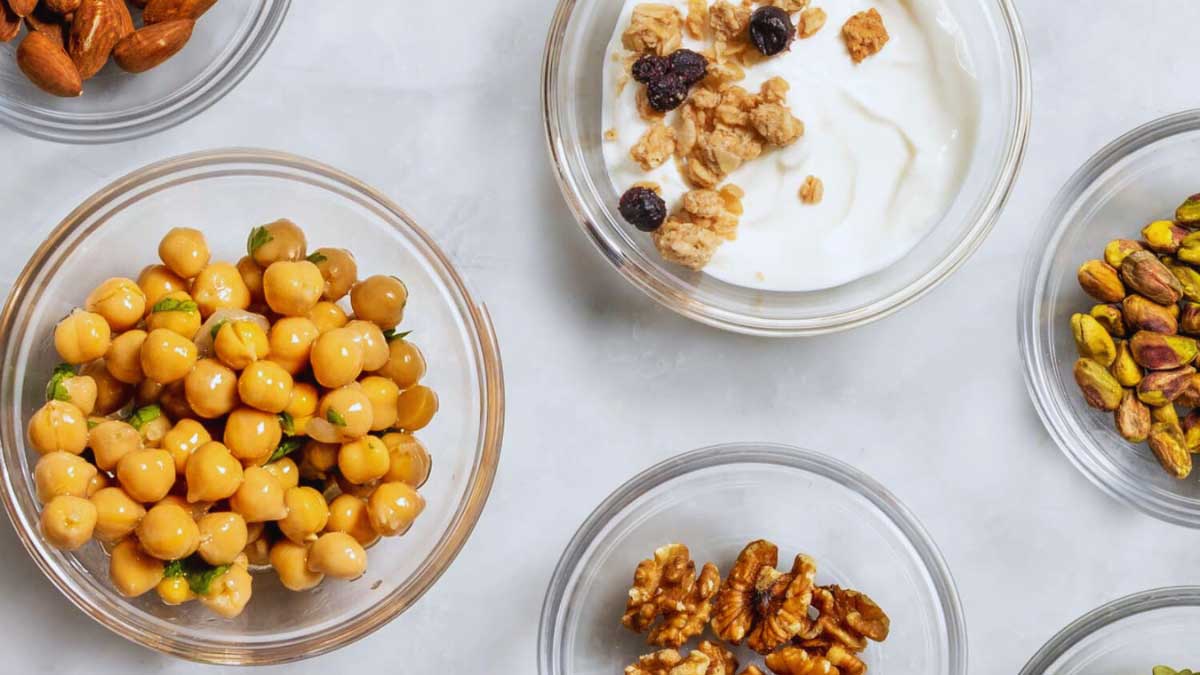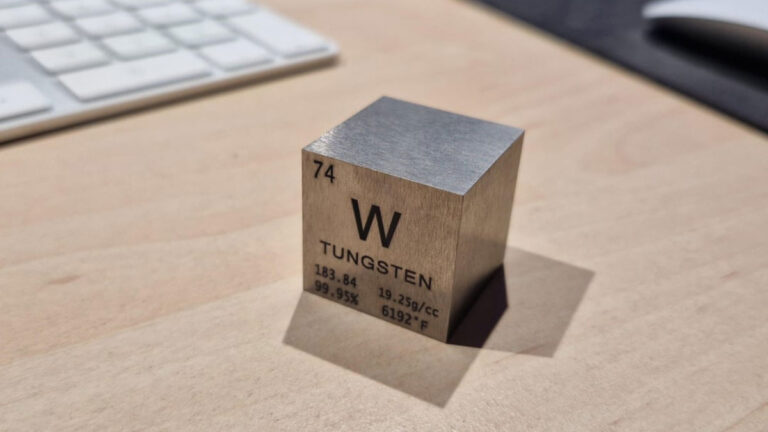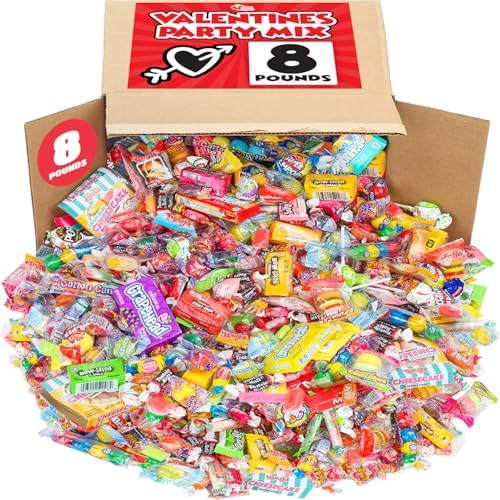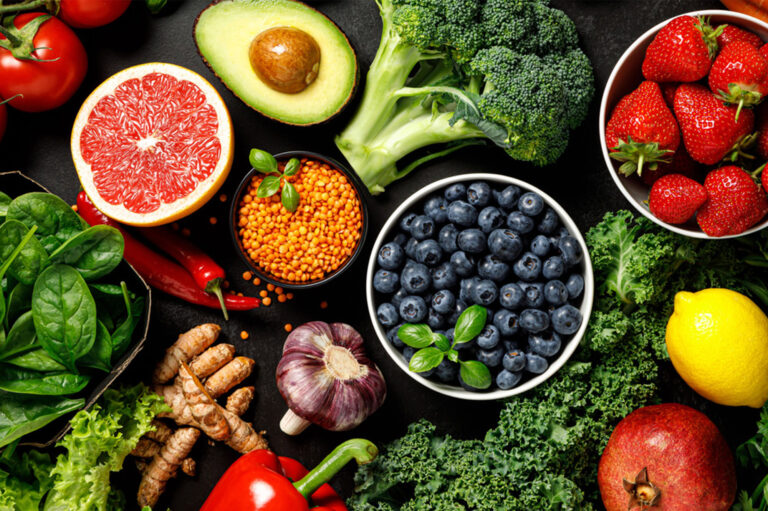How Heavy Is 1 Ounce: Understanding Weight Variations
When you hear the term “ounce,” you might think of a small, precise weight. However, the reality is that the weight of an ounce isn’t as straightforward as it seems. Across different regions and historical periods, the ounce has varied in mass, creating a fascinating tapestry of measurement standards.
For instance, the International avoirdupois ounce, commonly used in the US, weighs 28.349 grams, while the International troy ounce, often used for precious metals, tips the scales at 31.103 grams. Other variations, like the French ounce, once weighed as much as 30.59 grams.
Understanding these differences is crucial, especially if you’re dealing with international recipes or purchasing gold. By diving into the diverse world of ounce measurements, you’ll gain a better grasp of this seemingly simple unit and its impact on daily life.
Key Takeaways
- The weight of an ounce varies based on type—avoirdupois (28.349 grams) and troy (31.103 grams)—making comprehension essential for tasks like cooking or trading precious metals.
- The ounce is vital in both Imperial and US customary systems, serving diverse purposes from measuring food and postal items to trading precious metals.
- Mastering conversions between ounces and grams facilitates accurate measurement in cooking, mailing, and international trade; use 28.3495 grams per avoirdupois ounce and 31.1034768 grams per troy ounce.
- Digital scales ensure precise measurement, while measuring tools like cups and spoons offer convenience for everyday use; understanding their proper use prevents inaccuracies.
- Differences between weight (avoirdupois and troy ounces) and volume (fluid ounces) measurements are crucial, especially in culinary and mailing contexts.
Understanding Ounces
An ounce is a versatile unit in both the Imperial and US customary systems. It finds utility in measuring various items, from food to postal items, and even precious metals.
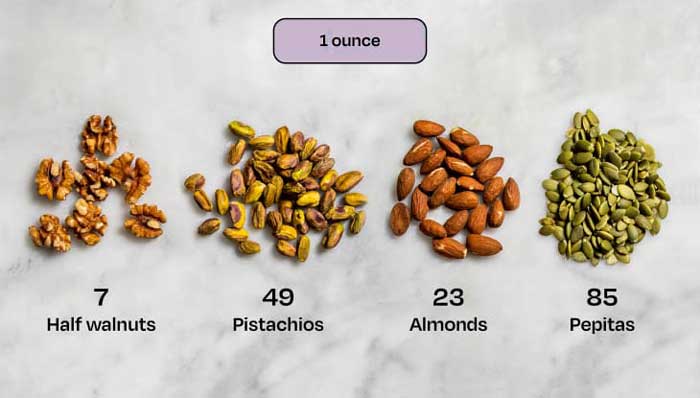
The Imperial and Metric Systems
The Imperial System uses ounces to measure weight, part of a broader set of units like pounds and miles. An avoirdupois ounce, common in this system, equals about 28.349 grams. This system originated in medieval England and is still predominantly used in the United States. In contrast, the Metric System, developed in France, relies on units like grams and kilograms. It operates on powers of ten, making conversions straightforward. For instance, 1 gram equals roughly 0.035273 ounces. You might notice that the Metric System’s design fosters ease and precision in scientific and everyday contexts.
Different Types of Ounces
There are several ounce variants, each serving distinct purposes. An avoirdupois ounce measures dry goods, such as food and common objects. A few examples include a slice of whole-grain bread, a pencil, or 10 pennies. Meanwhile, the troy ounce, weighing 31.103 grams, is designated for precious metals like gold and silver. By comparison, it is heavier than the avoirdupois ounce. Fluid ounces, which measure volume, differ since they aren’t used for mass. Understanding these variations ensures accuracy, especially for tasks like purchasing precious metals or cooking with international recipes.
Common Uses of Ounce Measurements
Understanding how ounces are used in everyday scenarios and specific applications provides clarity in measurements. Converting ounce measurements accurately ensures precision in diverse contexts.
Everyday Applications
Ounces play a crucial role in measuring food ingredients and mailing packages. In cooking, recipes often specify quantities in ounces, making it essential to use an accurate scale for consistent results. For instance, when preparing baked goods that require precise measurements of flour or sugar, relying on ounces ensures consistency and prevents errors.
In postal services, ounces determine mailing costs for packages and letters. Accurate weight measurements, such as the avoirdupois ounce (28.349523125 grams), help calculate postage rates. Ensuring accuracy avoids overpaying or underpaying for shipments.
Ounces in Precious Metal Weights
For precious metals like gold and silver, ounces are employed to establish value and weight. The troy ounce is the industry standard, weighing exactly 31.1034768 grams. It’s crucial when buying or selling metals to understand this unit, as deviations may lead to price differences. Jewelry purchases or investments in precious metals often reference the troy ounce, making it vital for financial transactions involving these commodities. Understanding this distinction safeguards your financial interests when dealing with metals.
Converting Between Ounces and Grams
Converting between ounces and grams is essential in various contexts, from cooking to international trade. Understanding the conversion process ensures accurate measurements, whether you’re adjusting a recipe or weighing precious metals.
Grams to Ounces
To convert grams to ounces, multiply the weight in grams by 0.03527396. This conversion factor is derived from the fact that 1 gram equals approximately 0.03527396 ounces. For instance, converting 150 grams results in about 5.291094 ounces. Here’s a conversion table for common weights:
| Grams | Ounces |
|---|---|
| 15 g | 0.53 oz |
| 30 g | 1.06 oz |
| 60 g | 2.12 oz |
| 100 g | 3.53 oz |
| 150 g | 5.29 oz |
| 200 g | 7.05 oz |
This table serves as a quick reference for converting grams to ounces, ensuring precision in culinary or scientific measurements.
Ounces to Grams
Converting ounces to grams involves multiplying the weight in ounces by 28.3495, since 1 ounce is equivalent to approximately 28.3495 grams. For instance, converting 4 ounces yields about 113.398 grams. This conversion is crucial when precise metric measurements are required, particularly in international contexts. Here’s an ounces-to-grams conversion table:
| Ounces | Grams |
|---|---|
| 1 oz | 28 g |
| 2 oz | 57 g |
| 3 oz | 85 g |
| 4 oz | 113 g |
| 6 oz | 170 g |
| 8 oz | 227 g |
This table aids in accurately converting between the two units, allowing you to seamlessly switch between metric and Imperial measurements in diverse scenarios.
Practical Tips for Accurate Measurement
Ensuring precision in measurement is crucial, whether you’re cooking, baking, or weighing valuables. Utilizing the right methods and tools makes a significant difference.
Using Scales
Digital scales offer precision for converting ounces to grams or vice versa. Begin by selecting a suitable digital scale based on your needs. Kitchen scales are ideal for food ingredients, while precision scales work for smaller items like jewelry. For accuracy, place your scale on a flat, stable surface. Once the scale is set up, press the power button and choose your unit of measurement, grams (g) or ounces (oz). Tare the scale by placing an empty container on it and pressing the Tare button. This accounts for the container’s weight, ensuring its exclusion from your measurement. Add your item to the container slowly, checking the weight until it reaches the desired measurement.
Measuring Spoons and Cups
While scales provide precision, measuring spoons and cups are convenient alternatives for everyday use. Familiarize yourself with common conversions; for example, 1 cup of all-purpose flour weighs about 125 grams, and 1 cup of granulated sugar is approximately 200 grams. Always use dry measuring cups for solid ingredients and liquid measuring tools for liquids. Level off dry ingredients with a straight edge like a knife to get an accurate volume. For powdered ingredients like flour, use the spoon-and-level method, where you lightly scoop with a spoon into the measuring cup, then level it off. This method prevents packing, which can lead to imprecise measurements.
Accuracy in measurement not only enhances the quality of your culinary creations but is also vital when measuring items for shipping or calculating the worth of precious metals. By understanding how to use scales and measuring tools efficiently, you can achieve more precise results in various applications.
Additional Insights
Exploring ounces reveals intriguing aspects and their relevance in daily life and professional fields. Appreciating these facets enhances your understanding of this versatile unit.
- Historical Ounce: While the avoirdupois and troy ounces are prominent today, the French ounce weighed 30.59 grams historically, highlighting regional variations.
- Usage Diversity: Ounces find applications in cooking, mailing, and trading precious metals, showcasing their versatility.
- Fluid Ounce Differentiation: Remember that fluid ounces, unlike their weight-based counterparts, measure volume. In the US system, 1 fluid ounce equals approximately 29.574 milliliters, whereas in the imperial system, it’s about 28.413 milliliters.
- Conversion Precision: For conversions, use 28.3495 grams for 1 avoirdupois ounce and 31.1034768 grams for 1 troy ounce.
Understanding these insights aids in various practical applications, ensuring accuracy in tasks like cooking, mailing, and trading precious metals.
Conclusion
Understanding the nuances of the ounce is crucial for precision in both everyday tasks and specialized fields. Whether you’re measuring ingredients for a recipe or determining the value of precious metals, knowing the differences between various types of ounces can prevent costly mistakes. Embrace the tools and techniques discussed to ensure accuracy in your measurements. This knowledge not only enhances your culinary endeavors but also safeguards your financial transactions. As you navigate international recipes or engage in trade, remember that mastering these conversions is key to achieving the best results.

